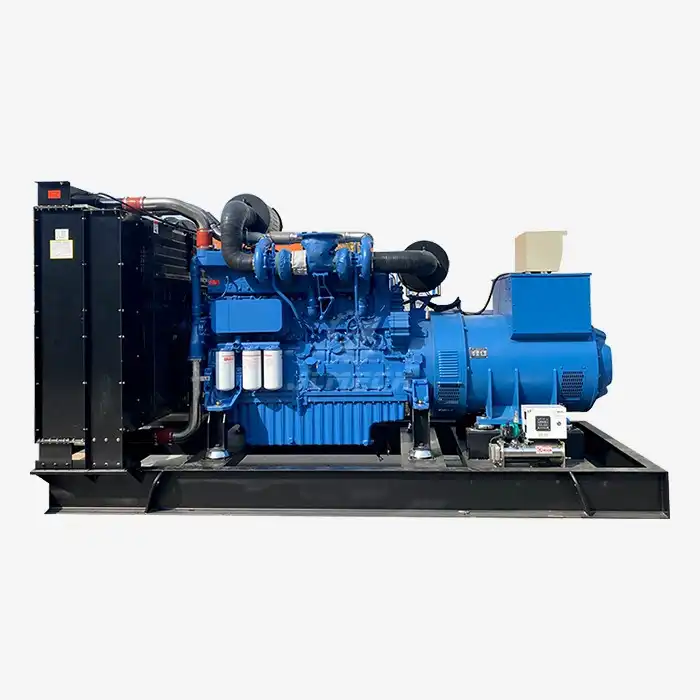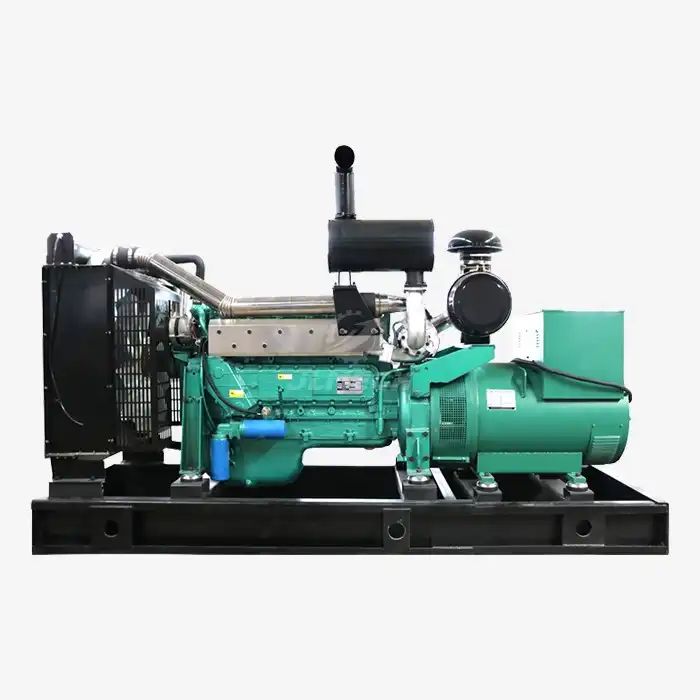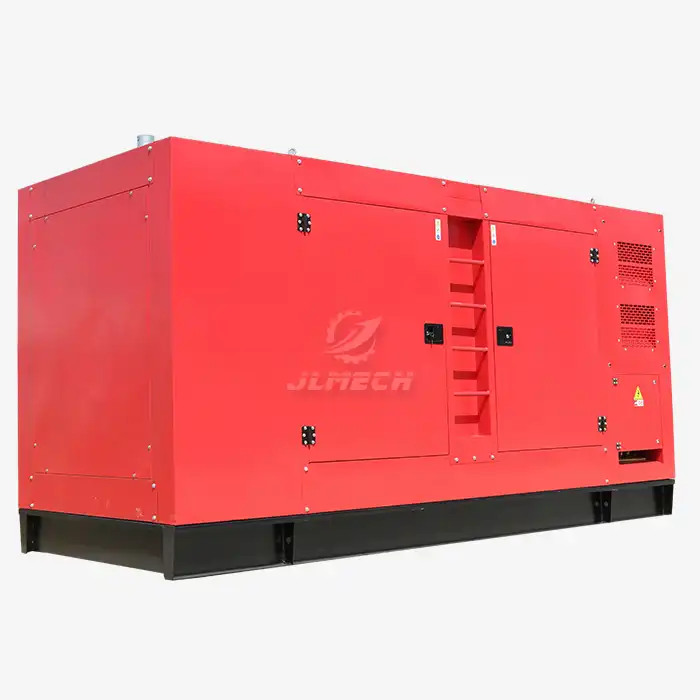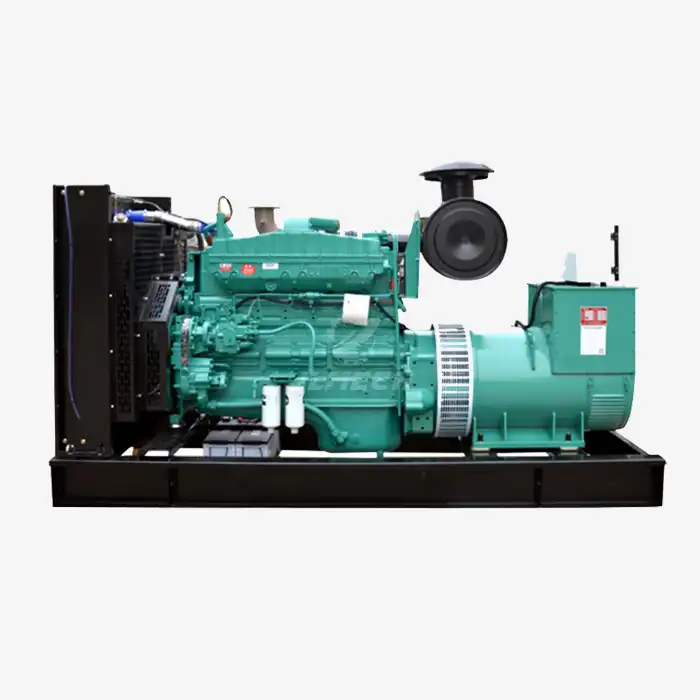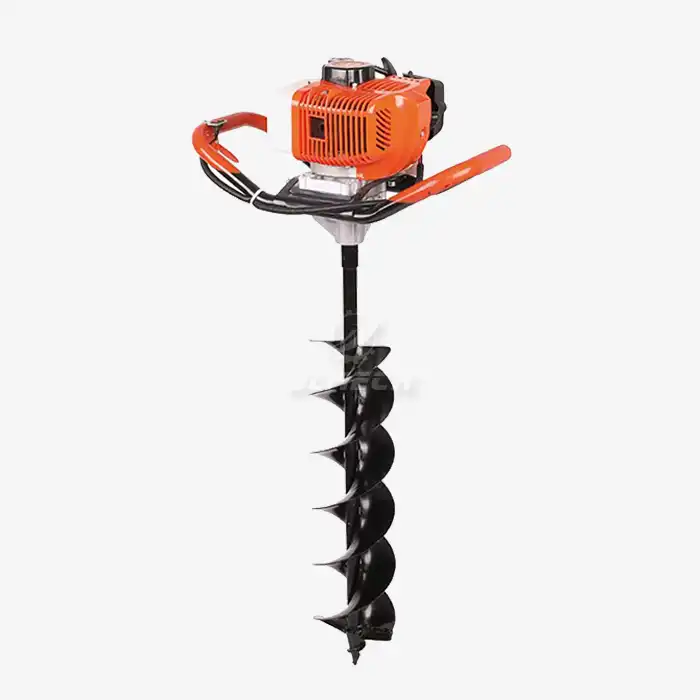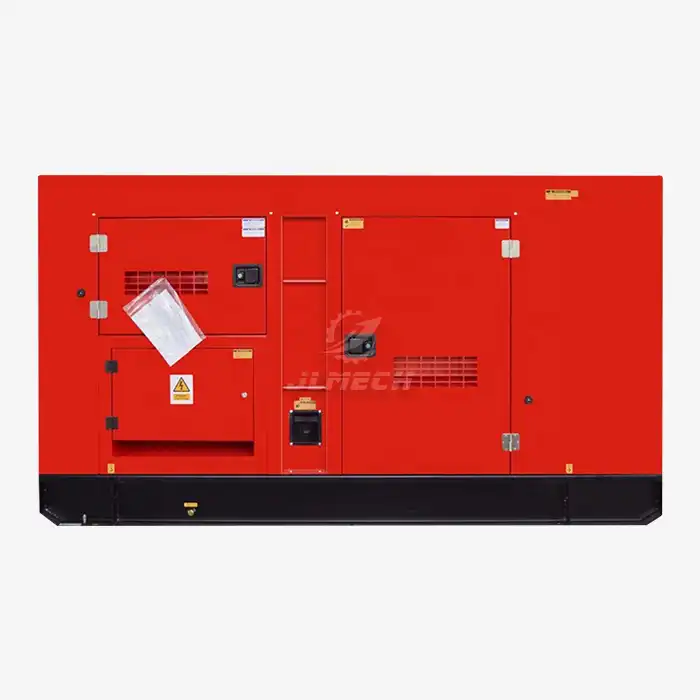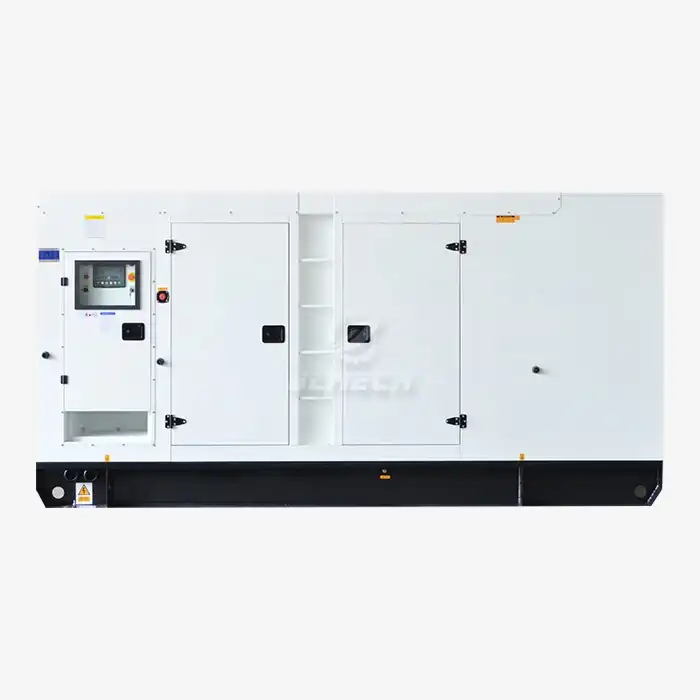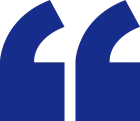Three Phase Diesel Generator Construction & Key Components
Understanding the intricate construction and key components of a three phase diesel generator is crucial for anyone involved in industrial power solutions. These robust machines are the backbone of reliable electricity generation across various sectors, from construction sites to healthcare facilities. At its core, a three phase diesel generator combines a diesel engine with an electrical generator to produce three alternating currents, each 120 degrees out of phase with the others. This configuration allows for more efficient power distribution and is ideal for heavy-duty applications that require stable, high-capacity electricity. The synergy between mechanical and electrical systems in these generators ensures a consistent power supply, even in the most demanding environments.
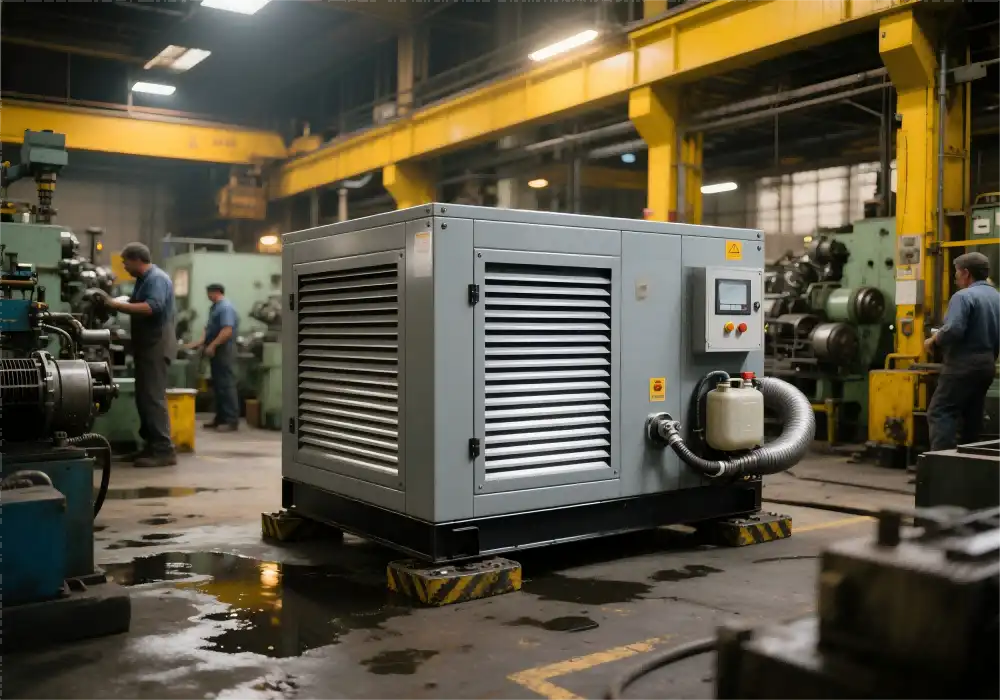
How Do Three-Phase Diesel Generators Produce Stable Power?
The stability of power produced by three phase diesel generators is a result of their unique design and operation. These generators create three separate AC voltages that are offset by 120 electrical degrees. This phase difference is crucial for maintaining a balanced load and reducing vibration in the system.
The Role of the Prime Mover
The diesel engine, acting as the prime mover, converts chemical energy from fuel into mechanical energy. This mechanical energy drives the generator's rotor at a constant speed, typically 1500 or 1800 RPM for 50Hz and 60Hz systems, respectively. The precision in maintaining this speed is vital for frequency stability.
Magnetic Field Generation
As the rotor spins, it creates a rotating magnetic field within the generator. This field interacts with the stator windings to induce voltages in each of the three phases. The result is a smooth, continuous power output that's ideal for industrial applications.
Stator, Rotor, and Alternator: Core Components Explained
The heart of a three phase diesel generator lies in its core components: the stator, rotor, and alternator. Each plays a critical role in the power generation process.
The Stator: The Stationary Powerhouse
The stator is the stationary part of the generator that houses the armature windings. These windings are arranged in a specific pattern to produce the three-phase output. The design of the stator is crucial for efficient power generation and heat dissipation.
The Rotor: Dynamic Energy Conversion
Connected to the diesel engine, the rotor is the rotating part of the generator. It contains field windings that, when energized, create a strong magnetic field. The rotation of this magnetic field is what induces current in the stator windings.
The Alternator: Bringing It All Together
The alternator is the combination of the stator and rotor, working in harmony to convert mechanical energy into electrical energy. It's responsible for maintaining the correct voltage and frequency of the output power.
Jlmech's three phase diesel generators are engineered with precision, ensuring that each of these core components works in perfect synchronization. Our generators are designed to meet the demanding needs of various industries, providing reliable power solutions that stand the test of time.
What's the Role of the AVR in 3-Phase Generators?
The Automatic Voltage Regulator (AVR) is a critical component in modern three phase diesel generators, ensuring stable voltage output regardless of load fluctuations.
Voltage Stability and Load Response
The AVR continuously monitors the generator's output voltage and adjusts the excitation of the rotor field windings accordingly. This rapid response maintains a consistent voltage even when loads are added or removed from the system.
Overload Protection
In addition to voltage regulation, the AVR provides crucial protection against overload conditions. It can reduce excitation to prevent damage to the generator during excessive load situations.
Power Factor Correction
Advanced AVR systems can also assist in power factor correction, improving the overall efficiency of the power generation system and reducing reactive power demands.
At Jlmech, we understand the importance of reliable power generation. Our range of three phase diesel generators is designed to meet the diverse needs of our clients across various industries. Here's a glimpse of what our generators offer:
- AC Output: 20-3000KW, catering to a wide range of power requirements
- Rated AC Voltage: 400/230V, suitable for most industrial applications
- Frequency: 50HZ/60HZ, adaptable to different global standards
- Engine Speed: 1500-3000 RPM, optimized for efficiency and performance
- Type: Available in Silent or Open Frame configurations
- Cooling Method: Water Cooling for enhanced durability
- Certifications: CE/Euro 5/EPA/CARB compliant, ensuring global acceptance
Our generators are engineered with advanced voltage regulation and noise-reduction technology, achieving noise levels as low as 65-75 dB. This makes them ideal for various settings, from construction sites to hospitals and data centers. With power outputs ranging from 50kVA to 2000kVA and customizable features like extended fuel tanks and remote monitoring, Jlmech generators are tailored to meet specific site needs while ensuring optimal performance in challenging environments.
Conclusion
Understanding the construction and key components of three phase diesel generators is essential for making informed decisions about power solutions. From the intricate interplay of the stator and rotor to the crucial role of the AVR, each element contributes to the reliability and efficiency of these powerhouses.
If you're in the market for a robust, efficient, and customizable power solution, look no further than Jlmech. With over 29 years of experience in power solutions, we offer a range of three phase diesel generators that meet the highest standards of quality and performance. Whether you're in the industrial sector, construction, healthcare, or any other field requiring reliable power, we have the expertise to meet your needs.
Ready to explore how our generators can power your operations? Contact us at skala@whjlmech.com to discuss your power requirements and find the perfect solution for your business. With Jlmech, you're not just getting a generator; you're investing in a partnership that ensures uninterrupted power and peace of mind for years to come.
References
- Johnson, M. (2022). Principles of Three-Phase Power Generation. Industrial Energy Systems, 8th Edition.
- Smith, R. (2021). Diesel Generator Construction and Maintenance. Power Engineering Journal, Vol. 45, Issue 3.
- Brown, L. (2023). Advancements in Automatic Voltage Regulation for Industrial Generators. IEEE Transactions on Power Systems, Vol. 38, No. 2.
- Chen, H. (2022). Efficiency Improvements in Modern Diesel Generator Design. Energy Conversion and Management, Vol. 256.
- Williams, P. (2021). Environmental Considerations in Diesel Generator Operations. Journal of Clean Energy Technologies, Vol. 9, No. 4.
- Garcia, A. (2023). The Role of Three-Phase Generators in Emergency Power Systems. Reliability Engineering & System Safety, Vol. 229.



